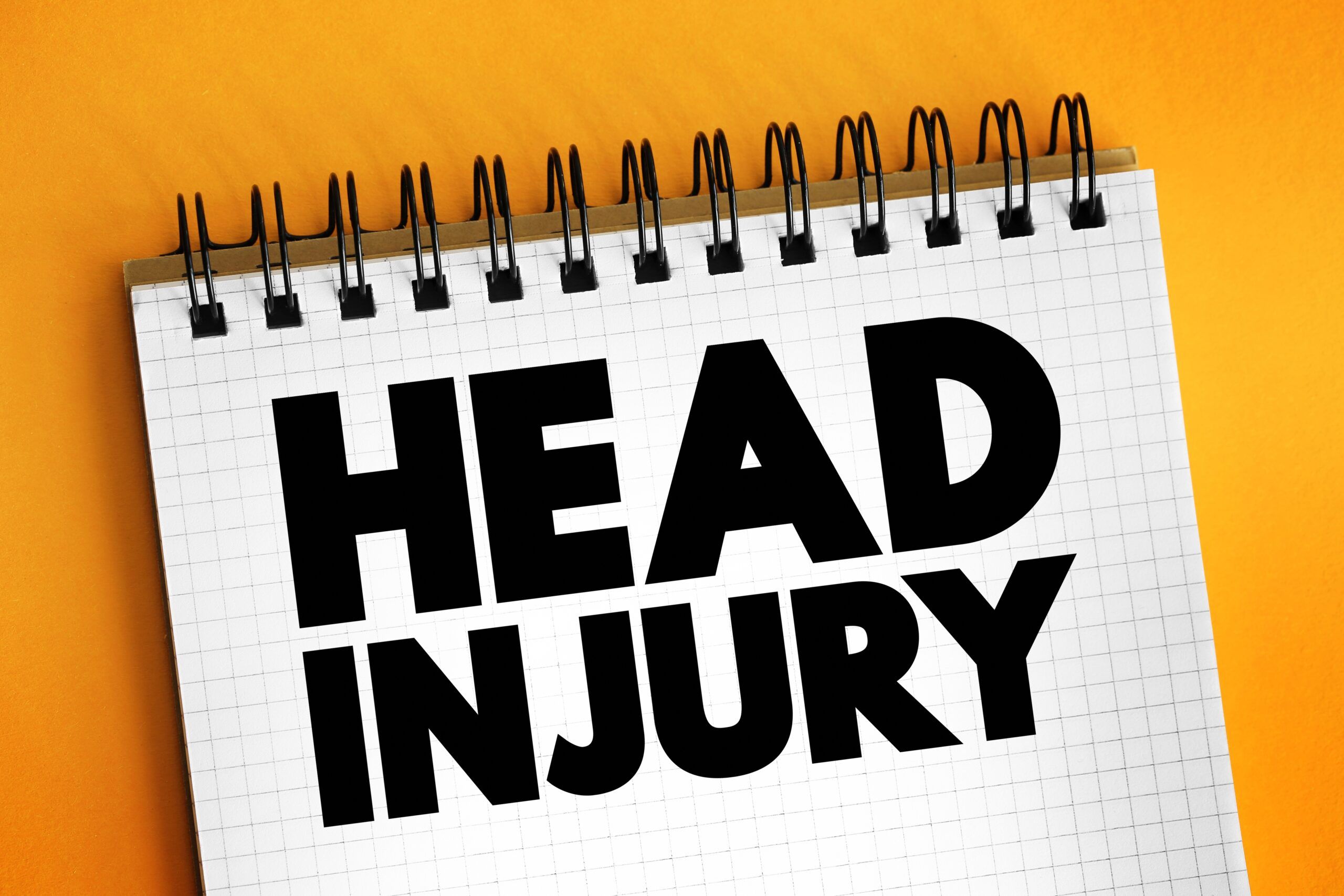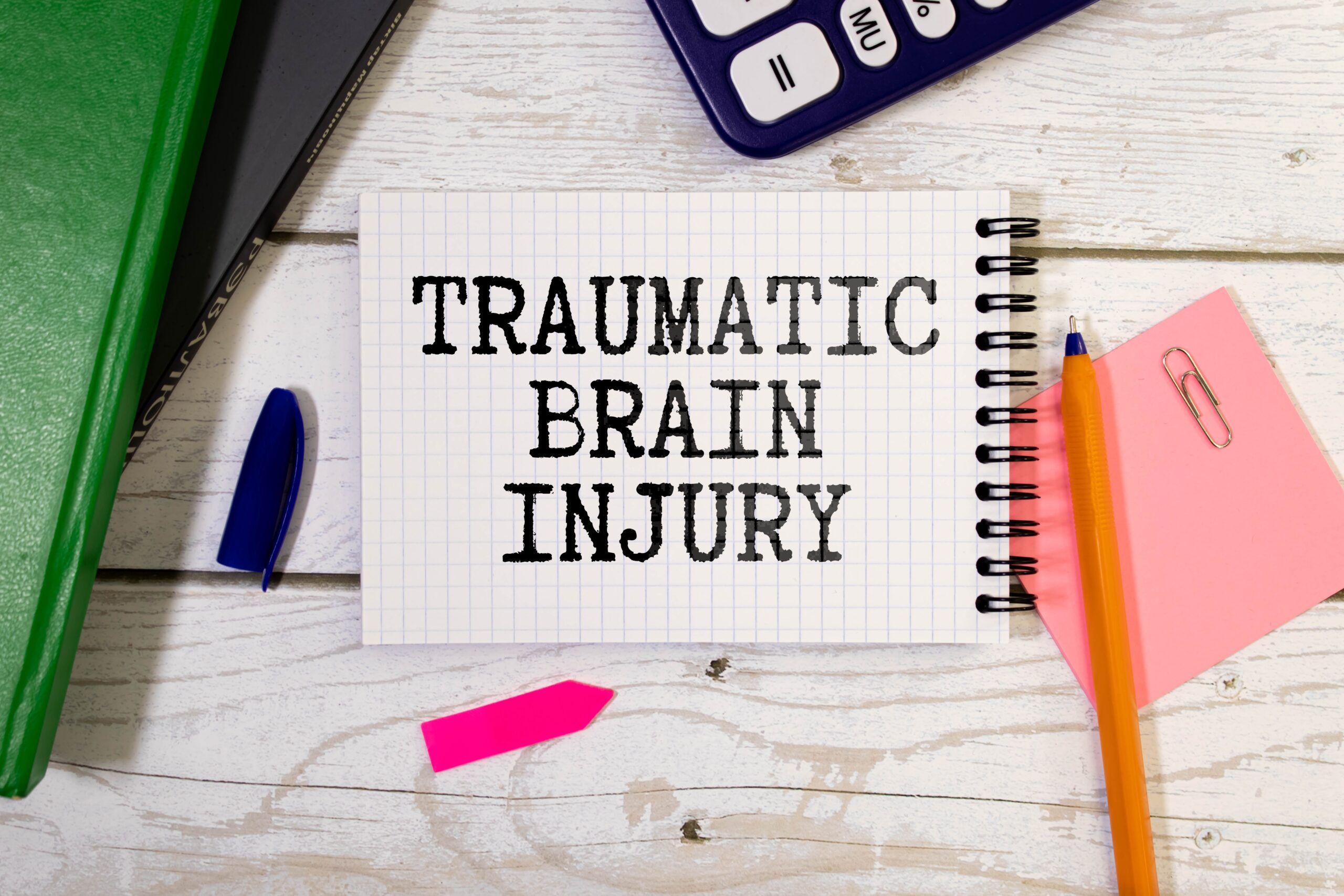Can You Get a Head Injury While Wearing a Helmet?
Helmets absorb some of the impact energy during a collision. While helmets greatly reduce the risk of head injuries, they do not eliminate it, especially if the impact is strong enough. They often fail to protect against rotational forces, which can cause brain injuries even without a direct impact to the skull. If you have sustained a head injury while wearing a helmet, you have legal options. The Medford, MA personal injury lawyers at Brooks Law Firm can evaluate your situation, determine who was at fault, and pursue compensation for your injuries. Call (617)245-8090 to reserve your slot for a free case evaluation.
Key Takeaways – Head Injuries and Helmet Use
- Helmets reduce risk, not eliminate it, because severe impacts or twisting forces can still cause concussions or brain injuries.
- Impact angle and speed influence injury severity, as rotational forces may damage the brain without a skull fracture.
- A loose, old, or defective helmet provides less protection and may factor into liability.
- Helmet use supports your legal claim in that it shows responsible behavior and helps counter arguments of personal fault.
- Victims may claim medical costs, lost income, and pain and suffering despite helmet use.
- Medical reports and professional opinions prove the extent and cause of the injury in head injury claims.
- Consult an attorney who will ensure your claim reflects all current and future consequences of the head injury.
How Do Head Injuries Still Occur While Wearing Helmets?
Wearing a helmet is one of the most effective safety measures for cyclists, motorcyclists, and construction workers. Yet, even the most advanced helmet cannot provide absolute protection against all forms of head trauma. This means you can still sustain head injuries despite proper helmet use.

Here is how head injuries can still happen:
Extreme Force Beyond Design Capacity
Helmets absorb and distribute energy from moderate impacts to reduce the force transmitted to the head. However, when the force of a collision exceeds the helmet’s tested threshold, such as during high-speed vehicle crashes or heavy blunt impacts, the protective shell and foam liner can become overwhelmed. Once this energy overwhelms the material’s ability to compress or disperse, the remaining force transfers directly to the skull and brain, leading to concussions, hemorrhages, or diffuse axonal injuries.
When pursuing legal action, the extent of this force can help establish whether the helmet performed as intended or if another party’s negligence, such as reckless driving or a defective product, contributed to the injury.
Impact Angle and Rotational Motion
Not all impacts are direct or linear. Many head injuries occur due to rotational forces, when the head twists violently on impact rather than striking a surface straight on. Helmets protect against linear forces, but rotational acceleration can still cause the brain to shift and twist inside the skull. This shearing motion damages brain tissue and can result in concussions or diffuse axonal injuries, even without visible external trauma.
Demonstrating that rotational forces played a role in injury claims may influence how liability and medical damages are assessed. This is especially true when the helmet was not defective, but the accident’s dynamics were unusually violent.
Improper Fit and Helmet Quality
Even the best helmet cannot function properly if it does not fit correctly. A too loose helmet may shift during an impact, while one that is too tight might not sit in the right position to protect vulnerable areas. Poor manufacturing quality or expired materials can also compromise the helmet’s structural integrity. Helmets that have previously absorbed a crash impact, even a minor one, may not provide the same level of protection in a subsequent incident.
The helmet’s fit, age, and certification status in legal evaluations, such as meeting DOT, Snell, or CPSC standards, are considered. These factors are key when determining whether product performance, user error, or third-party negligence contributed to the resulting injury.
Despite these limitations, helmets remain a critical line of defense and offer substantial benefits that hold both medical and legal significance. Numerous studies show that wearing a helmet reduces the likelihood of fatal head injuries by as much as 70 percent. Even when they do not prevent a concussion entirely, helmets substantially lower the risk of skull fractures and brain bleeds.
Also, helmets absorb enough impact energy to turn what might have been a catastrophic or fatal head injury into a less severe concussion or contusion. Reducing injury severity can mean a shorter recovery, fewer complications, and improved long-term outcomes. Some of the commonly used helmets include:
- Bicycle helmets
- E-bicycle and E-scooter helmets
- Recreation helmets
- Industrial safety helmets
- Construction helmets (hard hats)
- Motorcycle helmets
From a legal perspective, helmet use also serves as evidence of reasonable self-protection. It can strengthen your case by showing that you took all appropriate precautions, countering any claim that your injuries were due to personal negligence. Insurers and courts consider this when determining fault and compensation value.
Legal Options After Sustaining a Head Injury While Wearing a Helmet
Suffering a head injury despite wearing a helmet can be both physically and legally complex. Many victims assume that wearing protective gear limits their right to compensation, but that is not true. In fact, helmet use can strengthen your legal claim by demonstrating responsibility and reducing arguments of personal fault. Fortunately, legal options are available to pursue full recovery for the harm you have endured.
Filing a Personal Injury Claim
If another party’s negligence caused your accident, whether a careless driver, unsafe property owner, or defective product manufacturer, you may be eligible to bring a personal injury claim. This claim seeks compensation for medical bills, lost income, diminished quality of life, and other accident-related expenses.
Also, head injuries can lead to lasting consequences such as cognitive impairment, vision loss, memory problems, or emotional instability. Victims may need ongoing therapy, home modifications, or long-term care. Your attorney can help pursue compensation that reflects not just immediate expenses but also the lifetime costs of your injury, including lost earning potential and diminished independence.
When your injury impacts your ability to work or enjoy life as before, your lawyer will work with medical and economic professionals to document the full extent of your losses and present a detailed valuation to the insurance company or court.
Product Liability Claim for Defective Helmets
Not all helmets perform according to their claims. Suppose your helmet failed during the accident because of a design flaw, manufacturing defect, or lack of proper safety testing. In that case, you may have grounds for launching a product liability claim to secure justice against the manufacturer or distributor.
These cases require professional evaluation to determine whether the helmet met recognized safety standards and whether it should have prevented or lessened your injury. Your lawyer may work with product engineers and safety professionals to prove that a defect existed and contributed to the extent of your injuries.
Shared Fault Negligence Considerations
In many personal injury cases, it is not uncommon for insurers to push the idea that the injured person’s own actions contributed to their harm. However, wearing a helmet generally demonstrates responsible behavior rather than negligence. Every jurisdiction has its laws that govern shared fault negligence, which generally means that even if you share some fault, you can still recover compensation.
For example, if you were speeding or failed to follow traffic signals, your award may be reduced by your percentage of fault. A head injury lawyer can ensure that the insurer does not unfairly inflate your share of responsibility or use your actions to diminish your recovery.
How Will My Head Injury Damages Be Calculated?
The value of a head injury claim depends on more than just medical expenses. Because every case is unique, the law considers both economic and non-economic consequences that the injury creates in your life. The damages may reflect the immediate physical impact and the long-term cognitive, emotional, and financial effects.
Several key factors determine the damages awarded in a head injury case.
Medical Expenses and Future Care Needs
Your medical costs form the foundation of your claim. This includes emergency care, hospital stays, diagnostic imaging, surgeries, rehabilitation, medication, and follow-up appointments.
However, the calculation doesn’t stop at what you have already paid. Head injuries, even minor concussions, may require ongoing care, including physical therapy, speech therapy, or counseling. More serious injuries like TBIs can lead to permanent disability, requiring long-term assisted living or in-home care.
Your injury attorney will work hand in hand with medical professionals and life-care planners to estimate the cost of future treatment so that your settlement accounts for the entire scope of recovery, not just immediate bills.
Lost Income and Diminished Earning Capacity
Many head injuries temporarily or permanently prevent victims from working. Some individuals may return to work in a limited capacity, while others cannot resume their previous profession due to cognitive or motor limitations.
Compensation includes lost earnings during recovery and lost ability to work if the injury affects your ability to maintain the same career path or income level. Your personal injury attorney may consult vocational specialists to project what you will have earned over your lifetime if the injury had not occurred. This ensures your settlement reflects not only current losses but also your future financial stability.
Pain and Suffering
Pain and suffering don’t translate easily into dollars, unlike medical bills or pay stubs, but they represent a major part of a head injury’s impact. This category covers physical pain, headaches, dizziness, fatigue, and the emotional toll of living with cognitive challenges or personality changes.

To assign value, attorneys rely on medical records, psychological evaluations, and personal statements from family members describing how your life has changed. Some insurers use a multiplier method that multiplies economic damages by a factor reflecting the injury’s severity. In contrast, others use a per diem approach, assigning a daily rate for your suffering during recovery.
Lost Enjoyment of Life
Severe head injuries can drastically alter how you interact with the world. If your injury prevents you from participating in the daily activities you once enjoyed, the law allows compensation for this diminished quality of life.
This category recognizes that a person’s well-being is not measured only in income or medical bills but also in their ability to live freely and meaningfully. Evidence of lost enjoyment can include testimony from friends and family, photos, and medical records showing lifestyle changes.
Contact a Lawyer for Your Head Injury Case
When another person’s negligence leaves you with head injuries even after doing everything right, you have legal options. However, proving the full value of a head injury claim requires clear medical evidence, professional testimony, and a strategic understanding of personal injury law. Brooks Law Firm works with specialists and professionals to present a complete picture of your losses. We take on the legal and insurance complexities so you can focus on your recovery. Call us at (617)245-8090 for a free, no-obligation consultation.
FAQs: Can You Get a Head Injury While Wearing a Helmet?
What if the insurance company claims my injury isn’t serious because I wore a helmet?
Legally, and in the face of head injuries, this reasoning is flawed. Even with proper helmet use, victims can sustain head injuries that are not visible on early imaging scans. Your head injury lawyer can challenge these tactics by presenting neurological test results, testimony from medical professionals, and evidence of cognitive or behavioral changes following the accident. This documentation proves that a helmet can mitigate, but not eliminate, serious brain injuries.
What evidence should I gather after a helmet-related head injury?
Photograph the accident scene, visible injuries, and surrounding conditions. Seek immediate medical evaluation and request copies of your diagnostic scans and doctor’s notes. Additionally, obtain police reports, witness statements, and video footage. Your attorney will use this information to prove negligence, establish causation, and demonstrate the magnitude of your losses.
How long do I have to file a head injury claim?
Deadlines for filing vary depending on the state and the type of claim. In most personal injury cases, you have between one and three years from the date of the incident, according to your state laws. It is advisable to consult a personal injury lawyer as soon as possible to launch your claim on time. Preserving key evidence before it becomes unavailable or unreliable is essential.





